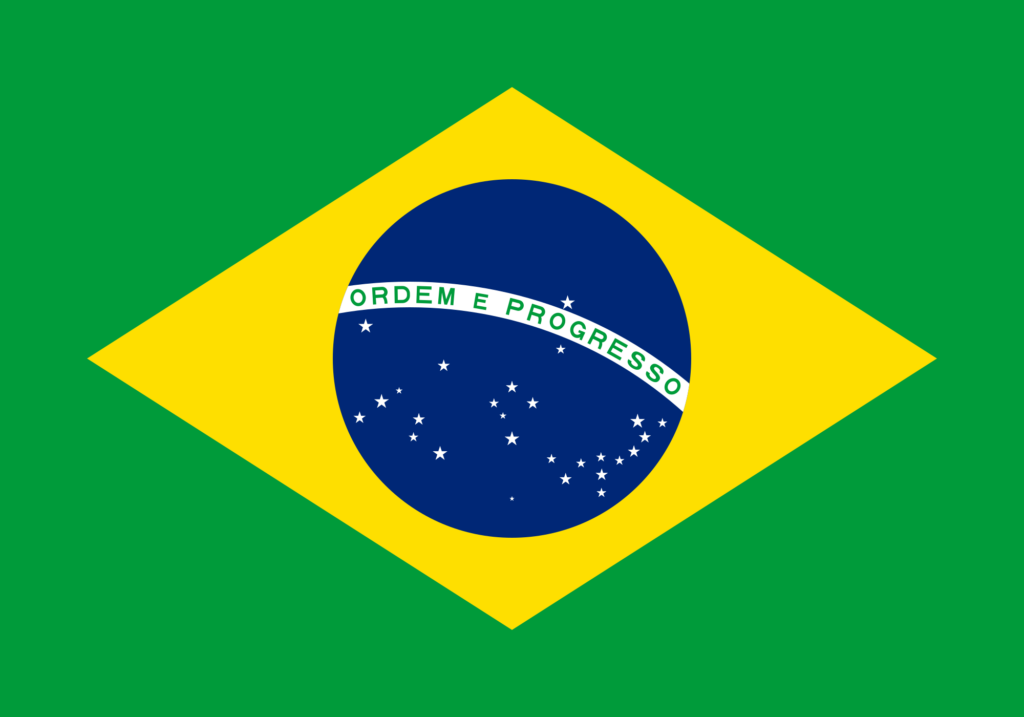

In 2025, a silent shift is shaping how companies build their AI platforms: knowledge graphs are becoming the backbone of Corporate Language Models (LLMs).
Instead of connecting LLMs directly to traditional databases or unstructured documents, technical teams are structuring internal knowledge in dynamic semantic graphs — making AI not only more accurate but also more secure, auditable, and updatable.
This approach solves critical issues like hallucinations, lack of context, and traceability that previously limited the use of AI in sensitive corporate environments.
Technical Architecture: How Knowledge Graphs and LLMs Integrate
Building a corporate AI environment based on graphs follows a typical pipeline, with some variations depending on the industry:
- Data Ingestion
Automated collectors extract entities and relationships from various sources:- Transactional databases;
- Legacy system APIs;
- Documents (contracts, internal policies);
- ERPs, CRMs, collaborative platforms.
- Graph Construction
Frameworks like Neo4j, Amazon Neptune, and Azure CosmosDB (Gremlin API) structure these elements into nodes (entities) and edges (relationships), forming a living network of corporate data. - Semantic Enrichment
Beyond explicit relationships, vector embeddings and NLP techniques refine the nature of the relationships:- Semantic similarity;
- Temporal events;
- Contextual relevance.
- RAG (Retrieval Augmented Generation)
Before generating responses, the LLM queries the graph to seek structured evidence, using frameworks like LangChain, LlamaIndex, and Semantic Kernel. - Monitoring and Feedback
Query logs, human feedback, and performance metrics feed into the continuous adjustment of both the graph and language models.

Direct Technical Benefits
| Benefit | Impact |
|---|---|
| Precision | The model queries trusted data before generating responses. |
| Explainability (XAI) | Every piece of information used can be traced in the graph. |
| Update Without Retraining | Changes in the graph reflect instantly in responses. |
| Security Control | Access is segmented within the graph, protecting sensitive data. |
This architecture eliminates one of the biggest bottlenecks in traditional LLMs: reliance on static data and difficulty justifying responses.
Most Commonly Used Stacks and Technologies
| Stack | Function |
|---|---|
| Graph Storage | Neo4j, AWS Neptune, TigerGraph, Azure CosmosDB (Gremlin API). |
| RAG Frameworks | LangChain, LlamaIndex, OpenSearch Relevance Engine. |
| LLM Models | Llama 3, Mistral, Mixtral, Bedrock Titan, Azure OpenAI. |
| Semantic Ingestion Tools | Haystack, Elastic Ingest Pipelines, Vertex AI Search. |
The ecosystem is rapidly maturing, offering both open-source and commercial options for varying complexity levels.
Real-World Use Cases in Companies
| Sector | Practical Application |
|---|---|
| Finance | KPIs of risk automatically explained based on compliance graphs. |
| Healthcare | Assisted diagnostics correlating symptoms, history, and medical literature. |
| Industry | Automated technical support for complex production and maintenance assets. |
| Retail | Hyper-personalized recommendations crossing behavior, profile, and history. |
Companies implementing Knowledge Graphs not only increase the precision of their AIs but also reduce response time, improve internal user experience, and enhance the security of the data handled.

Key Challenges in Using Knowledge Graphs
Despite the clear benefits, there are practical barriers:
- Initial Modeling Work: Defining entities and relationships accurately requires a deep understanding of the business.
- Real-Time Updates: High-frequency data environments need robust pipelines to keep the graph updated.
- Scalability: In large organizations, maintaining the performance of graphs with tens of millions of nodes and relationships requires distributed architecture and continuous optimization.
Building a Knowledge Graph requires initial investment, but the ROI grows exponentially as the graph becomes the “nervous system” of the organization.
Final Considerations
Knowledge Graphs combined with corporate LLMs are redefining what it means to use AI inside companies: not just generating answers, but building trustworthy, traceable, and secure knowledge.
By structuring their data assets into dynamic graphs, organizations not only eliminate model hallucinations but create a living foundation for innovation, automation, and decision intelligence.
Those who master this architecture will turn their internal data into a real competitive advantage — with native explainability and governance from the start.
Visit our YouTube channel to learn about the platform and watch tutorials.
Schedule a demo here.
Learn more about Flightdeck!
Learn about database monitoring with advanced tools here.


